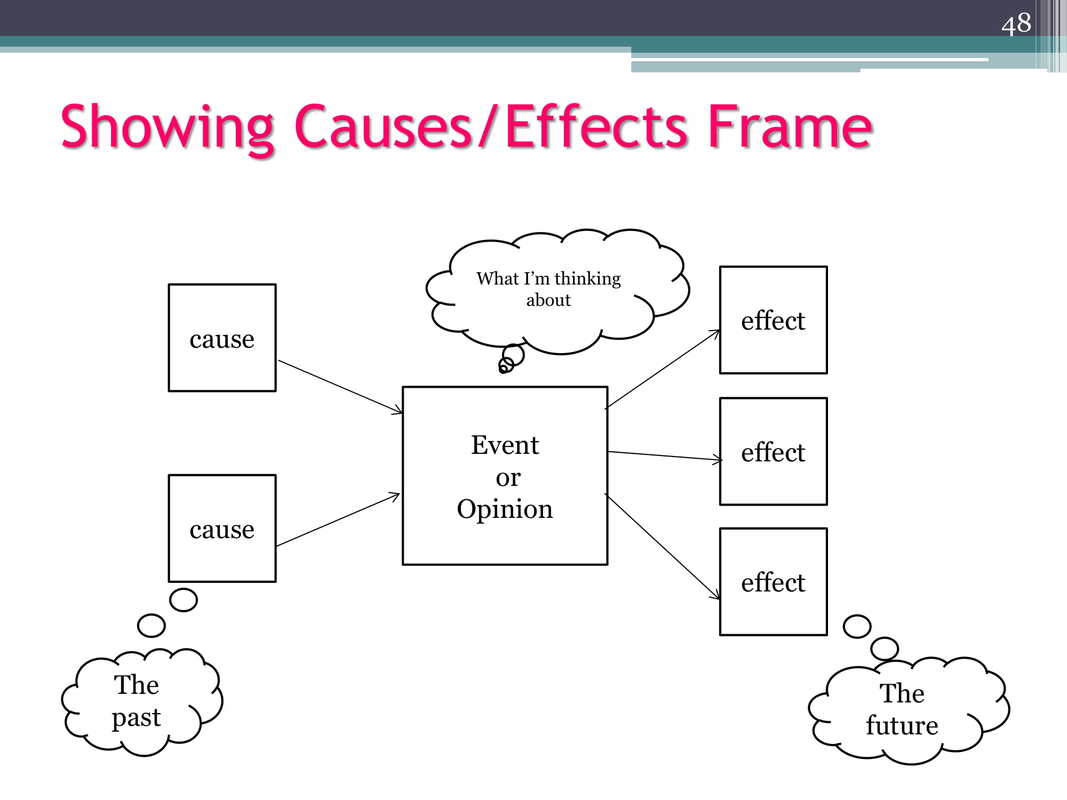My daughter struggles with a type of processing that falls under the heading of expressive speech (a type of Dysgraphia). It was described today by the Speech Therapist as a cognitive problem of memory, and struggles with sequencing, in stories, paragraphs, and even phrases of a sentence.
Thankfully, although she was apparently emotional about it, she has been clear at school that she wants the help they want to give her! And she has been good at advocating for herself.
One of the recommendations is that she needs to have things repeated in order to learn them. As a teacher friend would say, "Duh!" So that's simple! Repeat that, please!
Another is extra time.
A quiet place.
Proofreading should be out loud. In this day and age, Siri can do that for you! There are adaptation on every device these days that should make it easier than ever. When I was in high school, I had to use a tape recorder and record my own voice to memory texts!
As a parent, I need to confirm she understand the instructions by asking for a paraphrase of the task, and cue her to proofread out loud.
Two devices are being taught to her by the Speech Therapist (good name change from Speech Pathologist):
1. BRAIN FRAMES
GET READY - what do I need? Gather it together in one place.
DO
DONE
DO
DONE

Look forward to look back, meaning read the WHOLE recipe before you start cooking.
This resource (slideshow on Executive Function Skills) shows the PDF as well as whole lot of other ideas to help the essential processing memory. It includes how working memory works, how struggles occur, interventions suggested. Some include: give written/visual directions in addition to verbal, break down large tasks into smaller ones, highlight, Cornell Notetaking, reduce processing demands by using a graphic organizer or writing rubric (OREOS, Essay Writing Outline) for student to refer to, create a work system, must do (vegetables) and can do (dessert) folders. There are resources and apps to look at.
Cornell Note Taking Method is found in various template forms. Here is a link to a google doc. Here is a link to download a word doc.
This is a slide show for dyslexia, but I think anyone can benefit from the tips (including wannabe novelists!) It talks about executive function and oral language, breaks down vocabulary with shapes as diagramming symbols, and shows the Brain Frames six part infographic.
This is a slide show for dyslexia, but I think anyone can benefit from the tips (including wannabe novelists!) It talks about executive function and oral language, breaks down vocabulary with shapes as diagramming symbols, and shows the Brain Frames six part infographic.
It includes (thanks to images from Miss Francine):
Showing relationships

Sequencing

Telling
Categorizing

Showing cause/effect

Comparison/contrast

Seeing someone else's completed task can help.
2. EMPOWER (trademarked so couldn't find) CHECKLIST
I did find an elaborated paragraph for EmPOWER that breaks down like this:
Start with a TOPIC SENTENCE (fact or opinion that you will discuss and prove0
Then FRED (Facts Reasons Examples Details) SAY MORE, then FRED SAY MORE, then FRED SAY MORE, then FRED SAY MORE
Finally SO WHAT.
3. Test Prep Sheet
No comments:
Post a Comment